HSBC 2006 Annual Report Download - page 116
Download and view the complete annual report
Please find page 116 of the 2006 HSBC annual report below. You can navigate through the pages in the report by either clicking on the pages listed below, or by using the keyword search tool below to find specific information within the annual report.-
 1
1 -
 2
2 -
 3
3 -
 4
4 -
 5
5 -
 6
6 -
 7
7 -
 8
8 -
 9
9 -
 10
10 -
 11
11 -
 12
12 -
 13
13 -
 14
14 -
 15
15 -
 16
16 -
 17
17 -
 18
18 -
 19
19 -
 20
20 -
 21
21 -
 22
22 -
 23
23 -
 24
24 -
 25
25 -
 26
26 -
 27
27 -
 28
28 -
 29
29 -
 30
30 -
 31
31 -
 32
32 -
 33
33 -
 34
34 -
 35
35 -
 36
36 -
 37
37 -
 38
38 -
 39
39 -
 40
40 -
 41
41 -
 42
42 -
 43
43 -
 44
44 -
 45
45 -
 46
46 -
 47
47 -
 48
48 -
 49
49 -
 50
50 -
 51
51 -
 52
52 -
 53
53 -
 54
54 -
 55
55 -
 56
56 -
 57
57 -
 58
58 -
 59
59 -
 60
60 -
 61
61 -
 62
62 -
 63
63 -
 64
64 -
 65
65 -
 66
66 -
 67
67 -
 68
68 -
 69
69 -
 70
70 -
 71
71 -
 72
72 -
 73
73 -
 74
74 -
 75
75 -
 76
76 -
 77
77 -
 78
78 -
 79
79 -
 80
80 -
 81
81 -
 82
82 -
 83
83 -
 84
84 -
 85
85 -
 86
86 -
 87
87 -
 88
88 -
 89
89 -
 90
90 -
 91
91 -
 92
92 -
 93
93 -
 94
94 -
 95
95 -
 96
96 -
 97
97 -
 98
98 -
 99
99 -
 100
100 -
 101
101 -
 102
102 -
 103
103 -
 104
104 -
 105
105 -
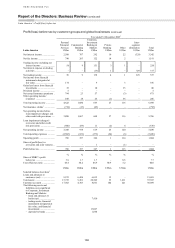 106
106 -
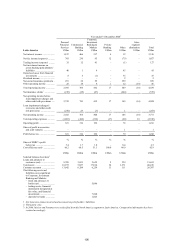 107
107 -
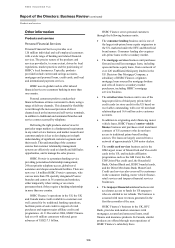 108
108 -
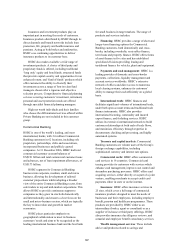 109
109 -
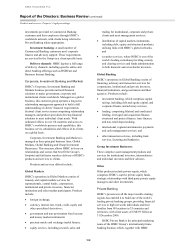 110
110 -
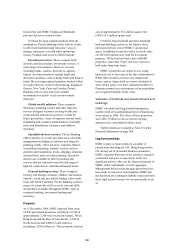 111
111 -
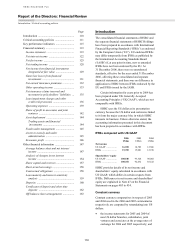 112
112 -
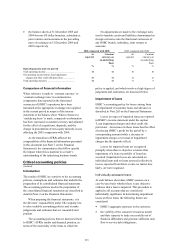 113
113 -
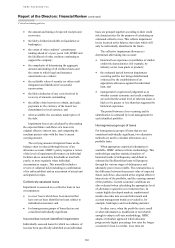 114
114 -
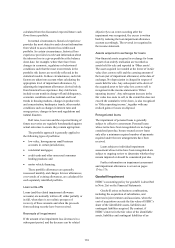 115
115 -
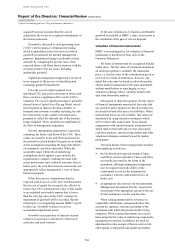 116
116 -
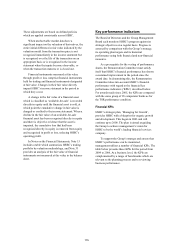 117
117 -
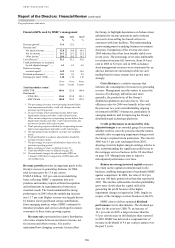 118
118 -
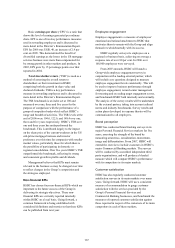 119
119 -
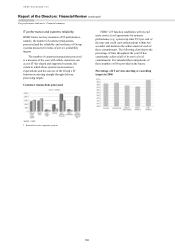 120
120 -
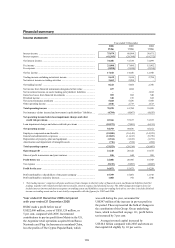 121
121 -
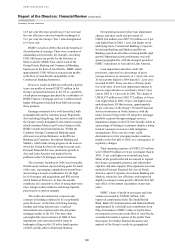 122
122 -
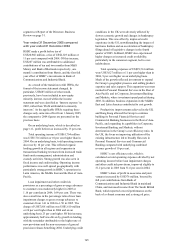 123
123 -
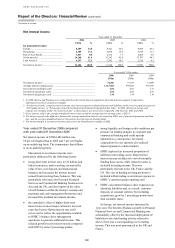 124
124 -
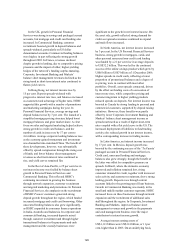 125
125 -
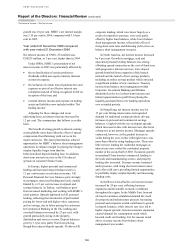 126
126 -
 127
127 -
 128
128 -
 129
129 -
 130
130 -
 131
131 -
 132
132 -
 133
133 -
 134
134 -
 135
135 -
 136
136 -
 137
137 -
 138
138 -
 139
139 -
 140
140 -
 141
141 -
 142
142 -
 143
143 -
 144
144 -
 145
145 -
 146
146 -
 147
147 -
 148
148 -
 149
149 -
 150
150 -
 151
151 -
 152
152 -
 153
153 -
 154
154 -
 155
155 -
 156
156 -
 157
157 -
 158
158 -
 159
159 -
 160
160 -
 161
161 -
 162
162 -
 163
163 -
 164
164 -
 165
165 -
 166
166 -
 167
167 -
 168
168 -
 169
169 -
 170
170 -
 171
171 -
 172
172 -
 173
173 -
 174
174 -
 175
175 -
 176
176 -
 177
177 -
 178
178 -
 179
179 -
 180
180 -
 181
181 -
 182
182 -
 183
183 -
 184
184 -
 185
185 -
 186
186 -
 187
187 -
 188
188 -
 189
189 -
 190
190 -
 191
191 -
 192
192 -
 193
193 -
 194
194 -
 195
195 -
 196
196 -
 197
197 -
 198
198 -
 199
199 -
 200
200 -
 201
201 -
 202
202 -
 203
203 -
 204
204 -
 205
205 -
 206
206 -
 207
207 -
 208
208 -
 209
209 -
 210
210 -
 211
211 -
 212
212 -
 213
213 -
 214
214 -
 215
215 -
 216
216 -
 217
217 -
 218
218 -
 219
219 -
 220
220 -
 221
221 -
 222
222 -
 223
223 -
 224
224 -
 225
225 -
 226
226 -
 227
227 -
 228
228 -
 229
229 -
 230
230 -
 231
231 -
 232
232 -
 233
233 -
 234
234 -
 235
235 -
 236
236 -
 237
237 -
 238
238 -
 239
239 -
 240
240 -
 241
241 -
 242
242 -
 243
243 -
 244
244 -
 245
245 -
 246
246 -
 247
247 -
 248
248 -
 249
249 -
 250
250 -
 251
251 -
 252
252 -
 253
253 -
 254
254 -
 255
255 -
 256
256 -
 257
257 -
 258
258 -
 259
259 -
 260
260 -
 261
261 -
 262
262 -
 263
263 -
 264
264 -
 265
265 -
 266
266 -
 267
267 -
 268
268 -
 269
269 -
 270
270 -
 271
271 -
 272
272 -
 273
273 -
 274
274 -
 275
275 -
 276
276 -
 277
277 -
 278
278 -
 279
279 -
 280
280 -
 281
281 -
 282
282 -
 283
283 -
 284
284 -
 285
285 -
 286
286 -
 287
287 -
 288
288 -
 289
289 -
 290
290 -
 291
291 -
 292
292 -
 293
293 -
 294
294 -
 295
295 -
 296
296 -
 297
297 -
 298
298 -
 299
299 -
 300
300 -
 301
301 -
 302
302 -
 303
303 -
 304
304 -
 305
305 -
 306
306 -
 307
307 -
 308
308 -
 309
309 -
 310
310 -
 311
311 -
 312
312 -
 313
313 -
 314
314 -
 315
315 -
 316
316 -
 317
317 -
 318
318 -
 319
319 -
 320
320 -
 321
321 -
 322
322 -
 323
323 -
 324
324 -
 325
325 -
 326
326 -
 327
327 -
 328
328 -
 329
329 -
 330
330 -
 331
331 -
 332
332 -
 333
333 -
 334
334 -
 335
335 -
 336
336 -
 337
337 -
 338
338 -
 339
339 -
 340
340 -
 341
341 -
 342
342 -
 343
343 -
 344
344 -
 345
345 -
 346
346 -
 347
347 -
 348
348 -
 349
349 -
 350
350 -
 351
351 -
 352
352 -
 353
353 -
 354
354 -
 355
355 -
 356
356 -
 357
357 -
 358
358 -
 359
359 -
 360
360 -
 361
361 -
 362
362 -
 363
363 -
 364
364 -
 365
365 -
 366
366 -
 367
367 -
 368
368 -
 369
369 -
 370
370 -
 371
371 -
 372
372 -
 373
373 -
 374
374 -
 375
375 -
 376
376 -
 377
377 -
 378
378 -
 379
379 -
 380
380 -
 381
381 -
 382
382 -
 383
383 -
 384
384 -
 385
385 -
 386
386 -
 387
387 -
 388
388 -
 389
389 -
 390
390 -
 391
391 -
 392
392 -
 393
393 -
 394
394 -
 395
395 -
 396
396 -
 397
397 -
 398
398 -
 399
399 -
 400
400 -
 401
401 -
 402
402 -
 403
403 -
 404
404 -
 405
405 -
 406
406 -
 407
407 -
 408
408 -
 409
409 -
 410
410 -
 411
411 -
 412
412 -
 413
413 -
 414
414 -
 415
415 -
 416
416 -
 417
417 -
 418
418 -
 419
419 -
 420
420 -
 421
421 -
 422
422 -
 423
423 -
 424
424 -
 425
425 -
 426
426 -
 427
427 -
 428
428 -
 429
429 -
 430
430 -
 431
431 -
 432
432 -
 433
433 -
 434
434 -
 435
435 -
 436
436 -
 437
437 -
 438
438 -
 439
439 -
 440
440 -
 441
441 -
 442
442 -
 443
443 -
 444
444 -
 445
445 -
 446
446 -
 447
447 -
 448
448 -
 449
449 -
 450
450 -
 451
451 -
 452
452 -
 453
453 -
 454
454 -
 455
455 -
 456
456 -
 457
457 -
 458
458
 |
 |

HSBC HOLDINGS PLC
Report of the Directors: Financial Review (continued)
Critical accounting policies / Key performance indicators
114
acquired business is greater than the cost of
acquisition, the excess is recognised immediately in
the income statement.
Goodwill is allocated to cash-generating units
(‘CGU’) for the purpose of impairment testing,
which is undertaken at the lowest level at which
goodwill is monitored for internal management
purposes. Impairment testing is performed at least
annually by comparing the present value of the
expected future cash flows from a business with the
carrying amount of its net assets, including
attributable goodwill.
Significant management judgement is involved
in two aspects of the process of identifying and
evaluating goodwill impairment.
First, the cost of capital assigned to an
individual CGU and used to discount its future cash
flows can have a significant effect on the CGU’s
valuation. The cost of capital percentage is generally
derived from a Capital Asset Pricing Model, which
itself depends on inputs reflecting a number of
financial and economic variables including the risk-
free interest rate in the country concerned and a
premium to reflect the inherent risk of the business
being evaluated. These variables are established on
the basis of management judgement.
Second, management judgement is required in
estimating the future cash flows of the CGU. These
values are sensitive to the cash flows projected for
the periods for which detailed forecasts are available,
and to assumptions regarding the long-term pattern
of sustainable cash flows thereafter. While the
acceptable range within which underlying
assumptions can be applied is governed by the
requirement to compare resulting forecasts with
actual performance and verifiable economic data in
future years, the cash flow forecasts necessarily and
appropriately reflect management’s view of future
business prospects.
When this exercise demonstrates that the
expected cash flows of a CGU have declined and/or
that its cost of capital has increased, the effect is to
reduce the CGU’s estimated fair value. If this results
in an estimated recoverable amount that is lower
than the carrying value of the CGU, a charge for
impairment of goodwill will be recorded, thereby
reducing by a corresponding amount HSBC’s profit
for the year. Goodwill is stated at cost less
accumulated impairment losses.
Goodwill on acquisitions of interests in joint
ventures or associates is included in ‘Interests in
associates and joint ventures’.
At the date of disposal of a business, attributable
goodwill is included in HSBC’s share of net assets in
the calculation of the gain or loss on disposal.
Valuation of financial instruments
HSBC’s accounting policy for valuation of financial
instruments is described in Note 2(d) on the
Financial Statements.
All financial instruments are recognised initially
at fair value. The fair value of a financial instrument
on initial recognition is normally the transaction
price, i.e. the fair value of the consideration given or
received. In certain circumstances, however, the
initial fair value may be based on other observable
current market transactions in the same instrument,
without modification or repackaging, or on a
valuation technique whose variables include only
data from observable markets.
Subsequent to initial recognition, the fair values
of financial instruments measured at fair value that
are quoted in active markets are based on bid prices
for assets held and offer prices for liabilities. When
independent prices are not available, fair values are
determined by using valuation techniques which
refer to observable market data. These include
comparisons with similar financial instruments for
which market observable prices exist, discounted
cash flow analyses, option pricing models and other
valuation techniques commonly used by market
participants.
The main factors which management considers
when applying a model are:
• the likelihood and expected timing of future
cash flows on the instrument. These cash flows
are usually governed by the terms of the
instrument, although management judgement
may be required when the ability of the
counterparty to service the instrument in
accordance with the contractual terms is in
doubt; and
• an appropriate discount rate for the instrument.
Management determines this rate, based on its
assessment of the appropriate spread of the rate
for the instrument over the risk-free rate.
When valuing instruments by reference to
comparable instruments, management takes into
account the maturity, structure and rating of the
instrument with which the position held is being
compared. When valuing instruments on a model
basis using the fair value of underlying components,
management considers, in addition, the need for
adjustments to take account of factors such as bid-
offer spread, credit profile and model uncertainty.
